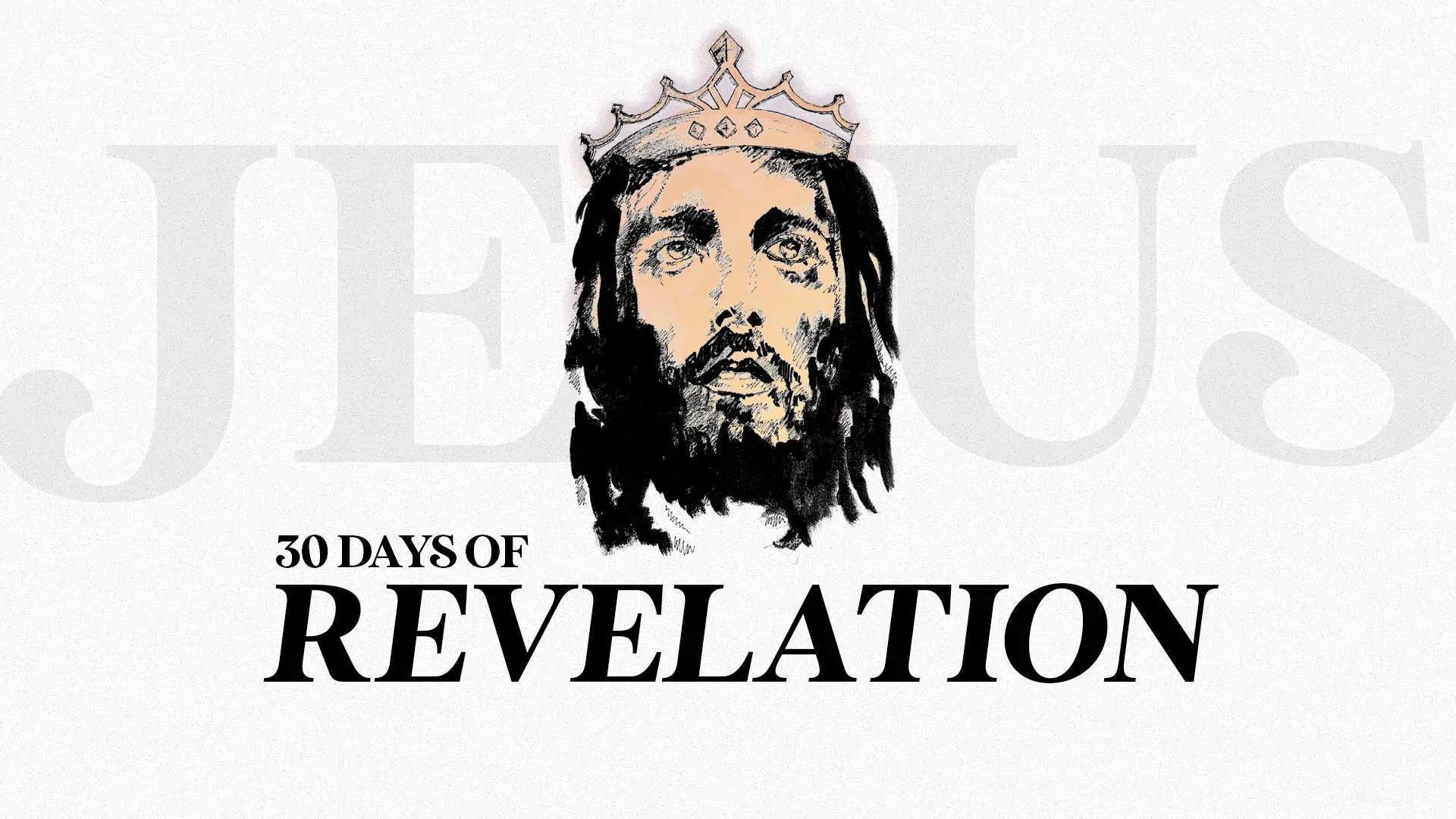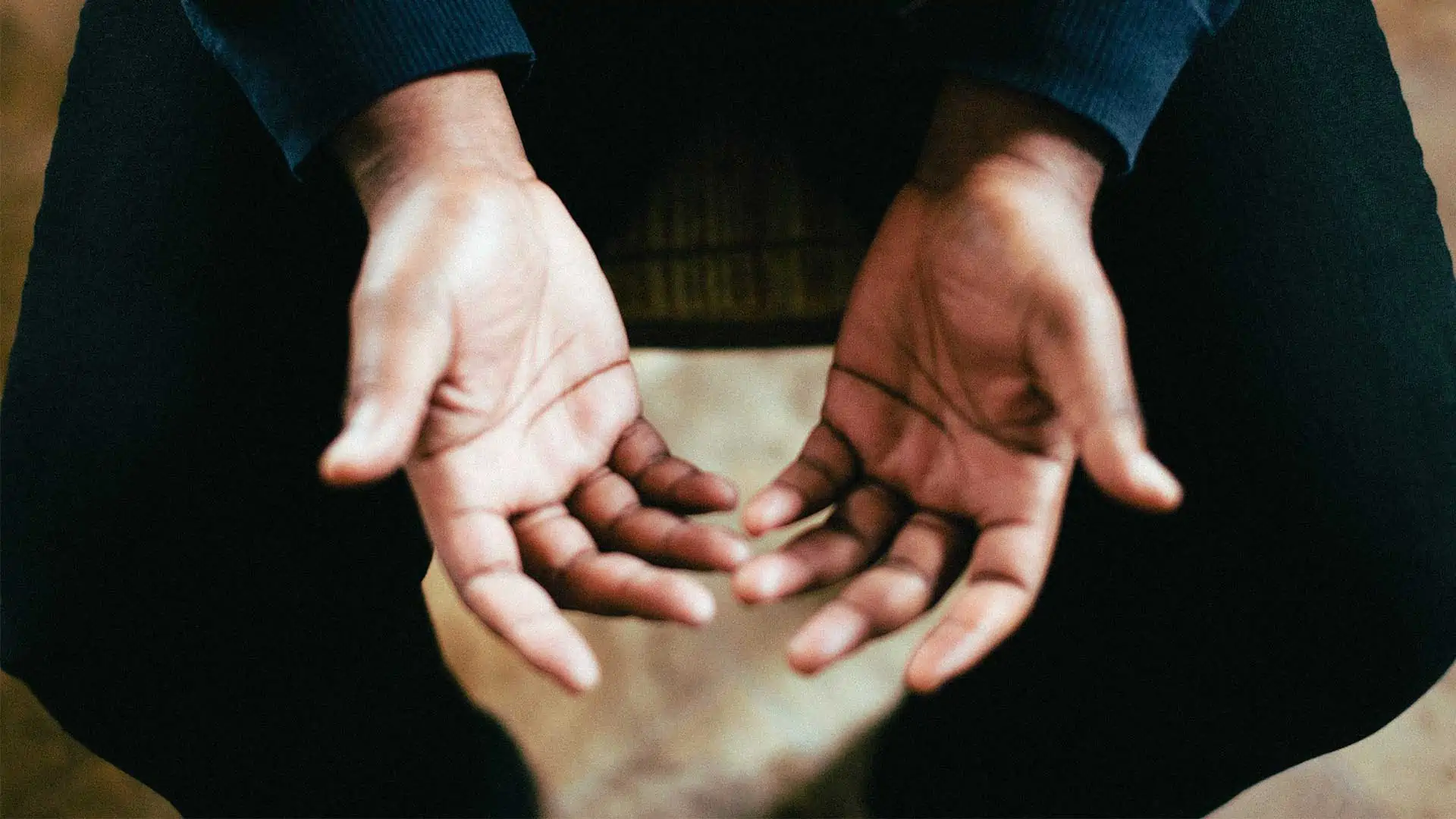In Revelation 1:19, Jesus gives an outline of the book of Revelation. To John He says, “Write the things which you have seen, and the things which are, and the things which will take place after this.”
There are several interpretive methods used to read Revelation. Without going into detail, however, the above verse is a good representation of the method employed in these devotionals. Jesus Himself told John to write what He saw already (chapter 1), things that are currently happening in the churches (chapters 2 & 3), and then, ‘things which will take place after this’, (chapters 4-22). This means that these devotionals are written from a futurist perspective and from here on in, we are going to be discovering what Jesus has prepared for us, the world and eternity.
John starts out by saying, ‘“After these things, I looked and behold a door standing open in heaven (4:1) and a voice beckoning Him to come up here in order to see the events that are about to unfold” (4:1). Immediately he was transferred in the Spirit to Heaven, into what appears to either be the Judgement Seat of Christ (2 Corinthians 5:10) or the throne room of God (Isaiah 6, Ezekiel 1) Either way, John is in Heaven and witnesses a throne of jasper and sardius surrounded by a rainbow with twenty-four elders with crowns and sitting on thrones themselves.
Accompanying this scene is thunder and lightning coming from the throne. Present are four living creatures, either representing characteristics of God or angels, demonstrating the glory of God. Completing the description of the scene we are told there is a crystal sea and incredible worship produced toward God proclaiming His holiness, might and eternal power.
There is a lot happening here in a very short amount of Scripture, but essentially what we are reading here is John experiencing the rapture and witnessing the church after their rewards have been given by Jesus.
We know that at the sounding of the trumpet, we will be called by Jesus Himself to come and join Him in the air (1 Corinthians 15:52) and be transferred to where Jesus is (John 14:3). This is what John describes in the very first verses of chapter 4. This would place the rapture before any judgment seals have been opened in chapter 6.
One of the pictures that solidifies the church being in heaven throughout the tribulation is the twenty-four elders. In Israel, there were thousands of priests but the entire priesthood was divided into twenty-four groups. One representative from each group would worship in the temple on a roster basis (Luke 1:8-10) so the twenty-four priests together would in fact represent the whole priesthood, God’s people. The symbolism here is that twenty-four elders represent the whole priesthood and the church.
Other indicators of this symbolism are the fact that they are sitting on thrones, which the church has been invited to do, they have crowns which they throw down before the Lord, which the church does after the Bema Seat judgment (1 Cor 3:15, Rev 4:10, Rev 2:10). They are dressed in white robes representing their righteousness (Rev 4:4, Isaiah 61:10) and the song that they sing in the next chapter could only be sung by the redeemed (Rev 5:10).
In addition, the word Jesus used to describe His Church is ekklesia. That word is used in Revelation 1-3 nineteen times. Then from chapter 4 it is not used again until chapter 22. The church is not described in any of the following scenes throughout the tribulation and seal judgments.
To summarise, you and I are in this chapter and we too will hear the precious voice of Jesus, beckoning us to come up to where He is and be with Him forevermore. The position of the church throughout the Tribulation is in heaven, judged, rewarded and seated with Christ in heavenly places (thrones, emphasis mine) (Eph 2:6).
The picture of the One on the throne is depicted by two precious stones (Rev 4:3). These two stones happen to be the first and last stones in the High Priest’s breastplate. This signifies that the first and the last sits on this throne, Jesus Himself, the centrepiece of this book, the fulcrum of human history and the majestic epicentre of all eternity.
The worship song finishes with what the rest of Revelation is primarily focused on, Jesus is worthy. He created all things through His good pleasure and the completion of His will is about to unfold in His own creation.
Here’s what we can live from these verses:
- Jesus is the worthy focus of our eternal worship. Whenever worship breaks out it is focussed on the One who sits on the throne. The entire church will worship for the first time together in this scene. We have been worshipping in small gatherings for over 2000 years but this scene captures a moment in history, where all twenty-four elders, representing the whole church, all in one chorus together, declaring the goodness of our God and the honour due His name, will sing for the first time in eternity at the same time. I am pretty sure the heavens will literally be vibrating with the sounds of the redeemed.
- Jesus saves us from the wrath to come. The church is not present in the tribulation. He has not appointed us unto wrath and He will personally save us from the judgements in the Tribulation (1 Thess 5:9, Rev 2:25, 3:11, Phil 3:20-21, John 14:2-3, 1 Cor 15:51-53, 1 Thess 4:16-17).
- The Faithfulness of the Father and the perfection of Holy Spirit. John’s first images were not only of Jesus on the throne but also of the rainbow of God’s faithfulness (4:3) and the perfection of His Spirit (Rev 4:5) in all that He is and does. I can only imagine those first moments in heaven when we see Jesus face to face, feel the embrace of Father and behold the perfect love, nature and Spirit of God.




